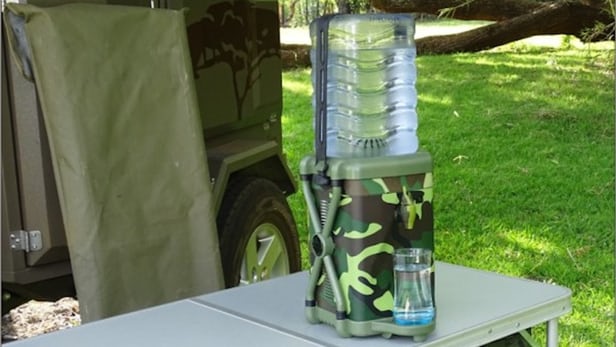Camping can be fun, but going without the comforts of home isn’t for everybody. So if your idea of roughin’ it for the weekend still includes ice cold water and the ability to charge your phone, the Little Luxury Outdoor Extreme Water Cooler might be for you.
 The Little Luxury Cooler is designed to be filled right from a natural water source, thanks to a filter designed to remove the nasties you might encounter drinking straight from a river or lake, and chills the water to a refreshing 43° F (6° C).
The Little Luxury Cooler is designed to be filled right from a natural water source, thanks to a filter designed to remove the nasties you might encounter drinking straight from a river or lake, and chills the water to a refreshing 43° F (6° C).
According to its inventor, Laurelle Charne, the idea for the water cooler came about during a camping trip that involved lugging big, heavy bottles of water to the site, even though there was a beautiful stream right there. Read more





